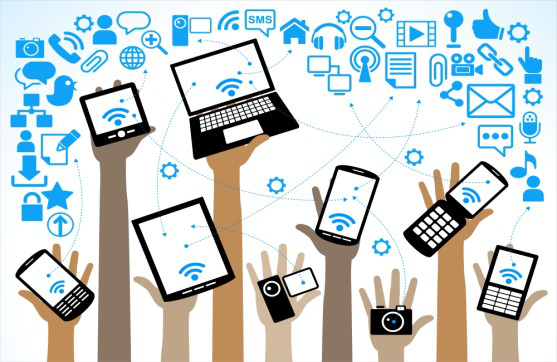As technology evolves, mobile devices have become increasingly inclusive and accessible, incorporating assistive features to support users with disabilities. These built-in features empower individuals to navigate digital interfaces, access information, and communicate more independently. Let’s explore some of the assistive technologies that are now standard on many mobile devices:
Screen Readers
Screen readers are assistive technologies that provide auditory feedback to users by reading aloud text displayed on the screen. Many mobile devices come with built-in screen readers, such as VoiceOver on iOS devices and TalkBack on Android devices. These screen readers enable users with visual impairments to navigate menus, read emails, browse the web, and interact with apps using voice commands and gestures.
Magnification and Zoom
Mobile devices offer built-in magnification and zoom features that allow users to enlarge text, images, and user interface elements for better visibility. Users can adjust the zoom level and pan across the screen to focus on specific content. This feature benefits individuals with low vision or those who may have difficulty reading small text or distinguishing fine details.
Voice Recognition and Dictation
Voice recognition and dictation capabilities enable users to input text and commands using their voice instead of typing on a keyboard. Mobile devices utilize advanced speech recognition technology to accurately transcribe spoken words into text in real-time. This feature is particularly beneficial for users with mobility impairments or those who prefer hands-free interaction with their devices.
Closed Captioning and Subtitles
Many mobile devices support closed captioning and subtitles for videos, allowing users to access synchronized text captions alongside audio content. Closed captioning enhances accessibility for individuals who are deaf or hard of hearing, ensuring that they can fully understand and enjoy multimedia content.
Accessibility Settings and Customization
Mobile operating systems offer a wide range of accessibility settings and customization options to accommodate diverse user needs and preferences. Users can adjust settings related to display, sound, interaction, and communication to create a personalized and accessible user experience. These settings include options for color inversion, text size adjustments, vibration feedback, and more.

Conclusion
The integration of assistive technology as standard features on mobile devices represents a significant step towards inclusivity and accessibility in the digital world. By incorporating these features, mobile device manufacturers are empowering users with disabilities to fully participate in the digital age, access information, and communicate effectively. As technology continues to advance, it is essential for mobile devices to prioritize accessibility and ensure that everyone can benefit from the transformative power of technology, regardless of their abilities or disabilities.























+ There are no comments
Add yours